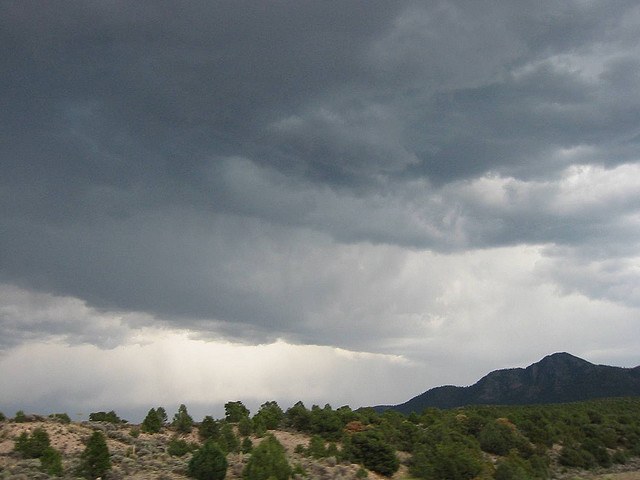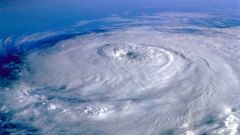Instruction
1
When heated body expands, and Vice versa – these can be found even in the school textbook of physics. The atmospheric air obeys the same laws. When heated by the sun it expands, its warm streams rise up, the pressure drops. When cold the air is, by contrast, is compressed, becomes denser, and pressure increases. The magnitude of the atmospheric pressure affects the height of the terrain above sea level. The higher it is, the lower the reading of the barometer. With increasing altitude drops and temperatures.
2
The pressure drop, as its increase leads to the appearance of the wind, as the flow of air rushes from areas of high pressure to areas of low. This, in turn, causes a change in the weather. The decrease in pressure usually means that the weather will soon spoil. Conversely, its increase with the rainy weather signals the imminent clarification. Why is it so? When the barometer is falling, begins to receive air from areas with higher pressure, bringing the clouds. When barometer readings are rising, the air begins to spread in the area with lower pressure, carrying with it the atmospheric moisture.
3
Go on a hot summer day on the beach. Where the wind blows? From sea to land. Why? Because the soil heats up faster than water (land-less), it warms up and rises warm air, pressure decreases. In its place from the sea come the cooler, denser air. Night the opposite is true: the heat of the day the sea gives up its heat to the air, it flows, rises, replaced by cool air from the shore.
4
More influence on the weather, have the cyclones and the anticyclones. The cyclone is characterized by reduced air pressure and the vortex motion in a counterclockwise direction. The anticyclone all the way around - clockwise motion, the pressure is high. Cyclone is always accompanied by strong winds, the anticyclone is calm or weak winds. Cyclone brings rain and snowfall, high – stable clear weather.


